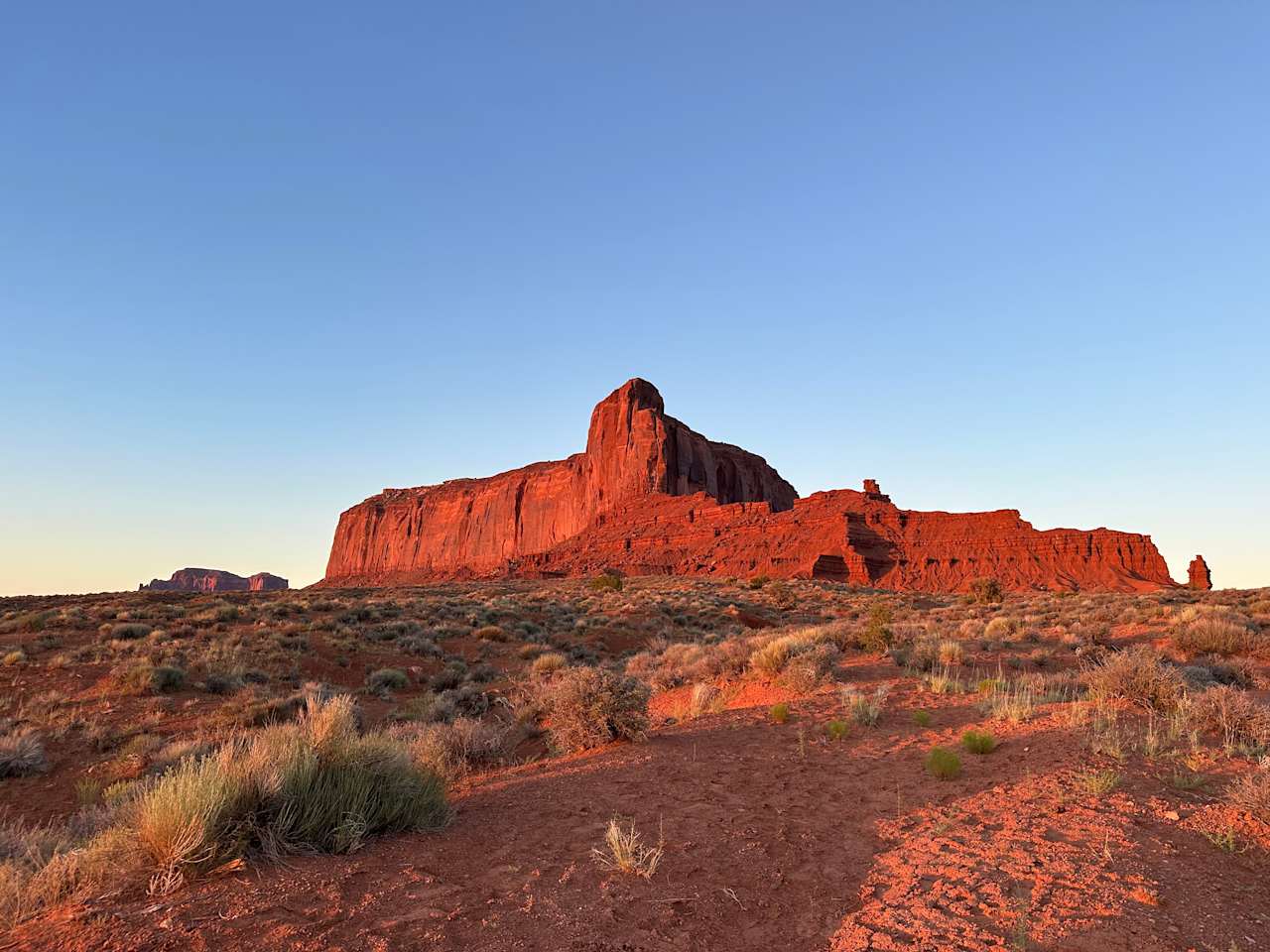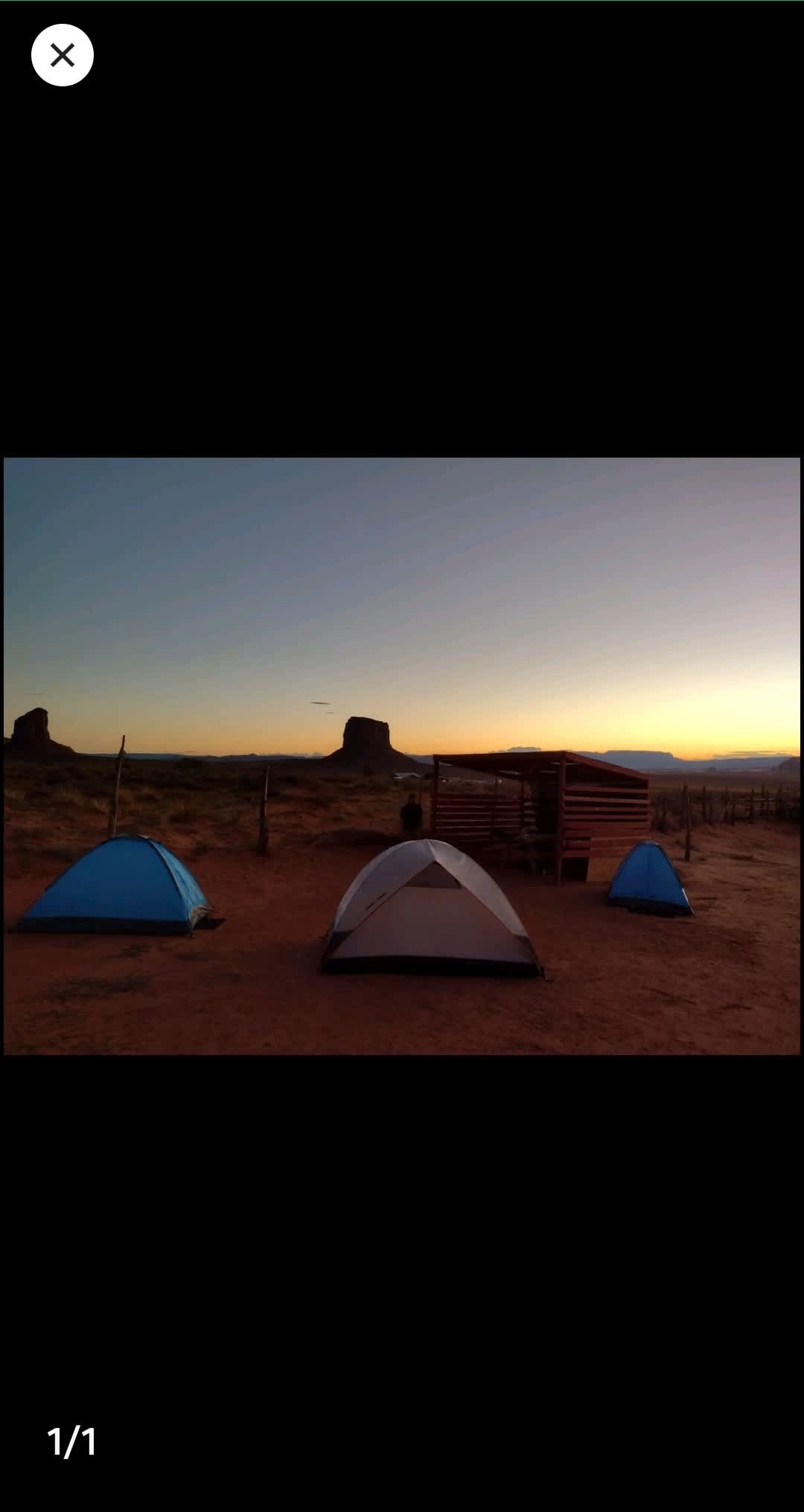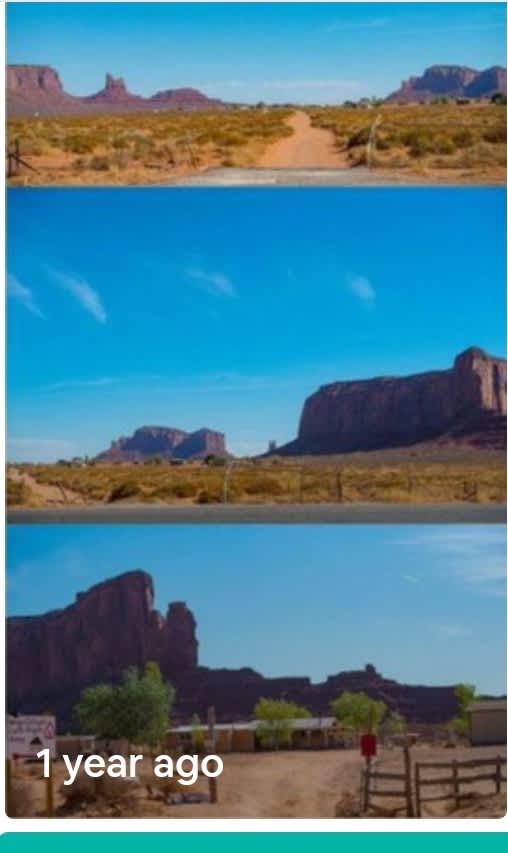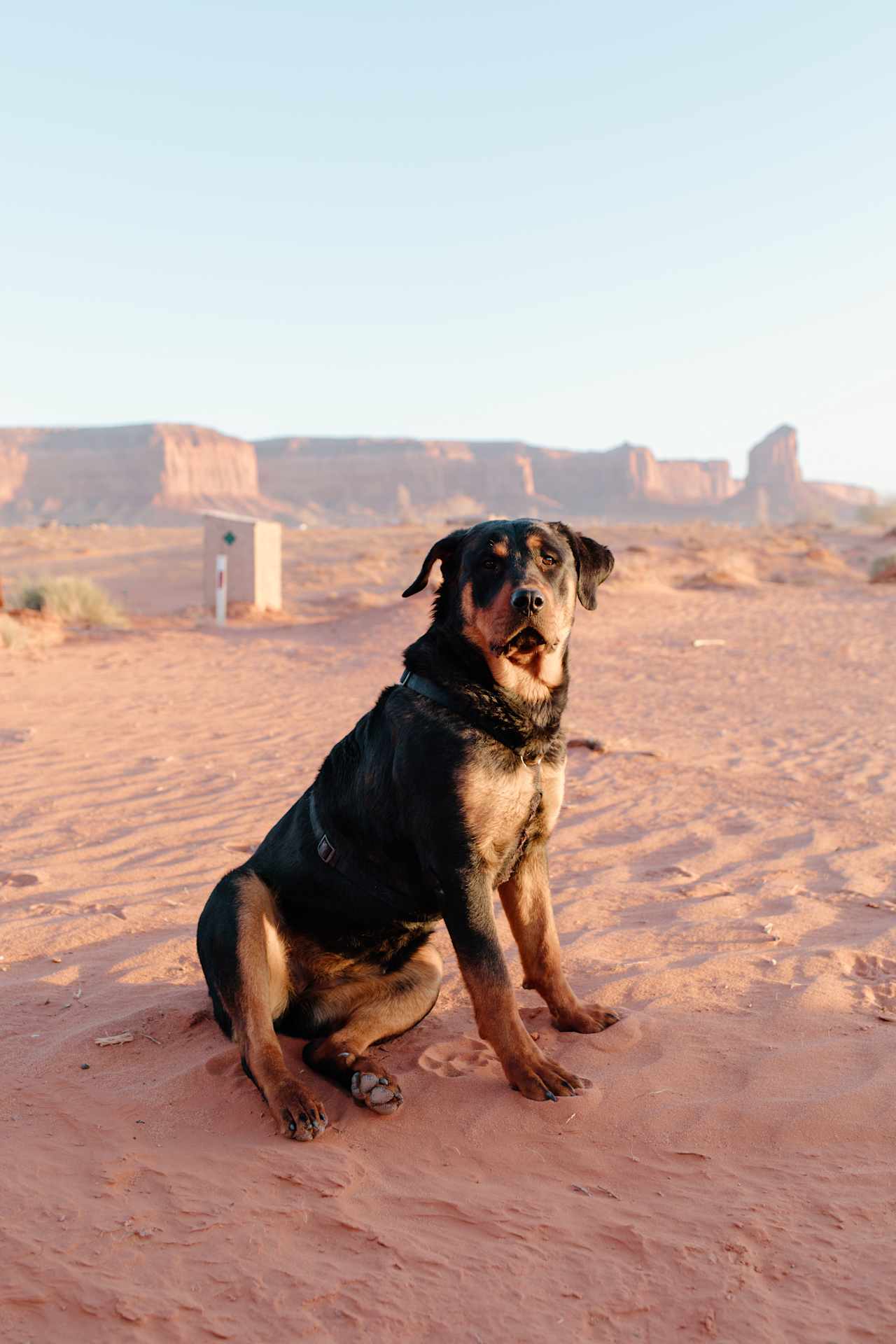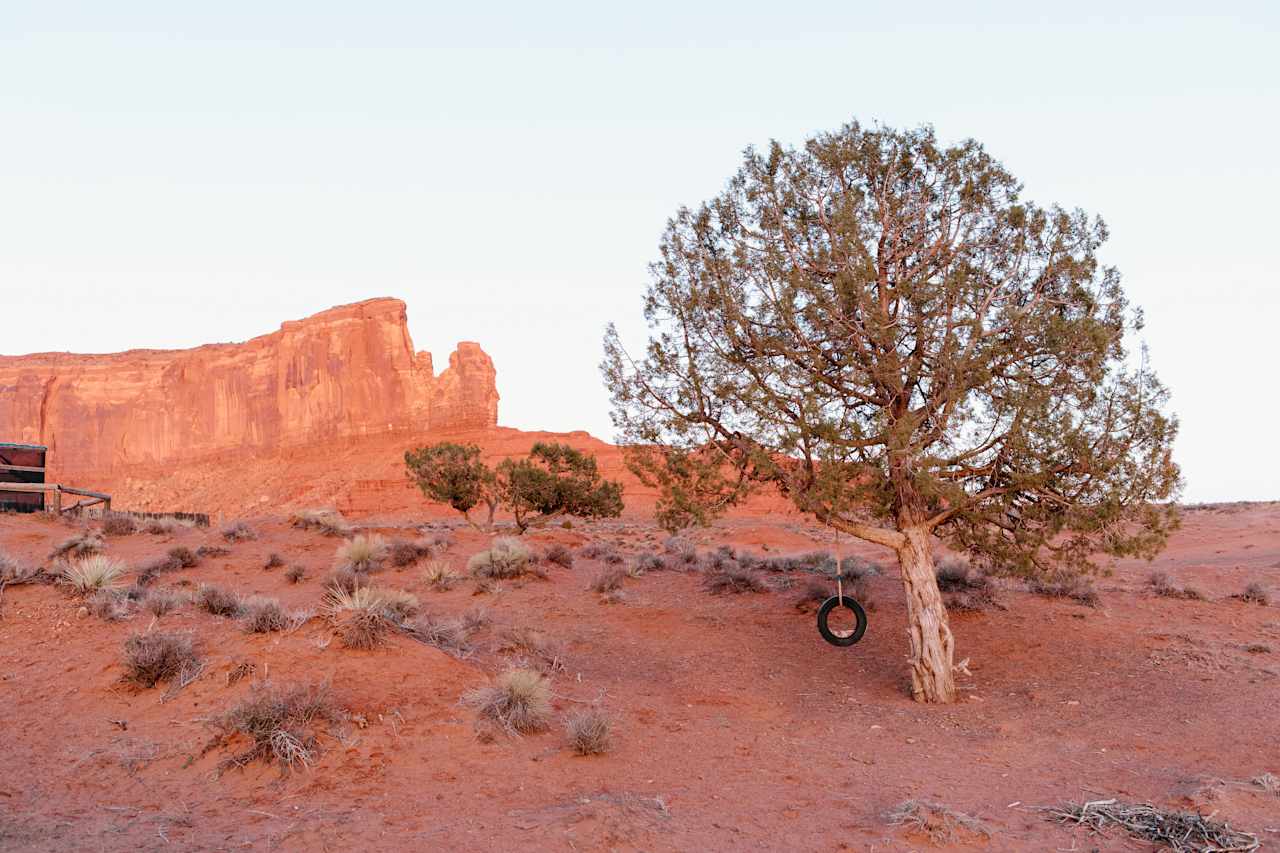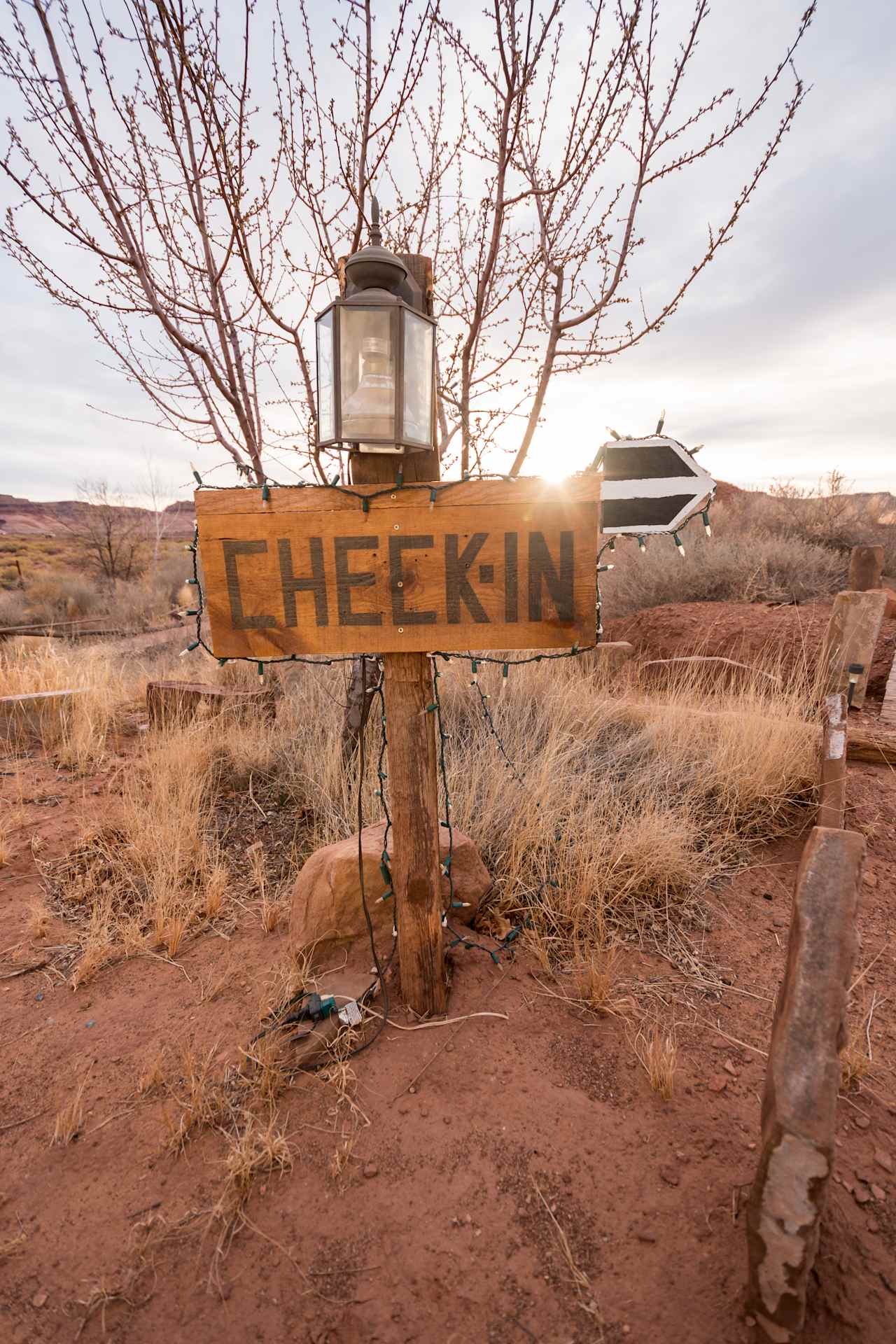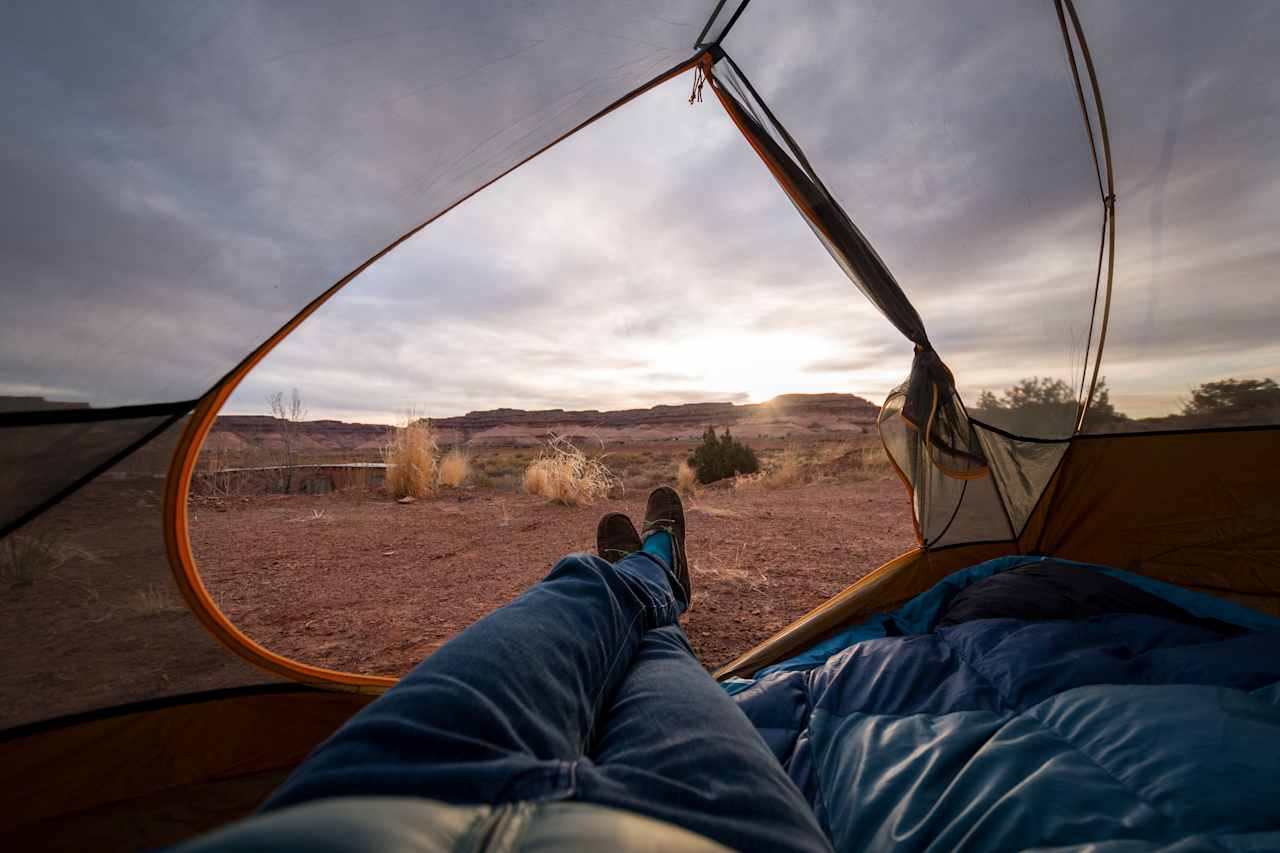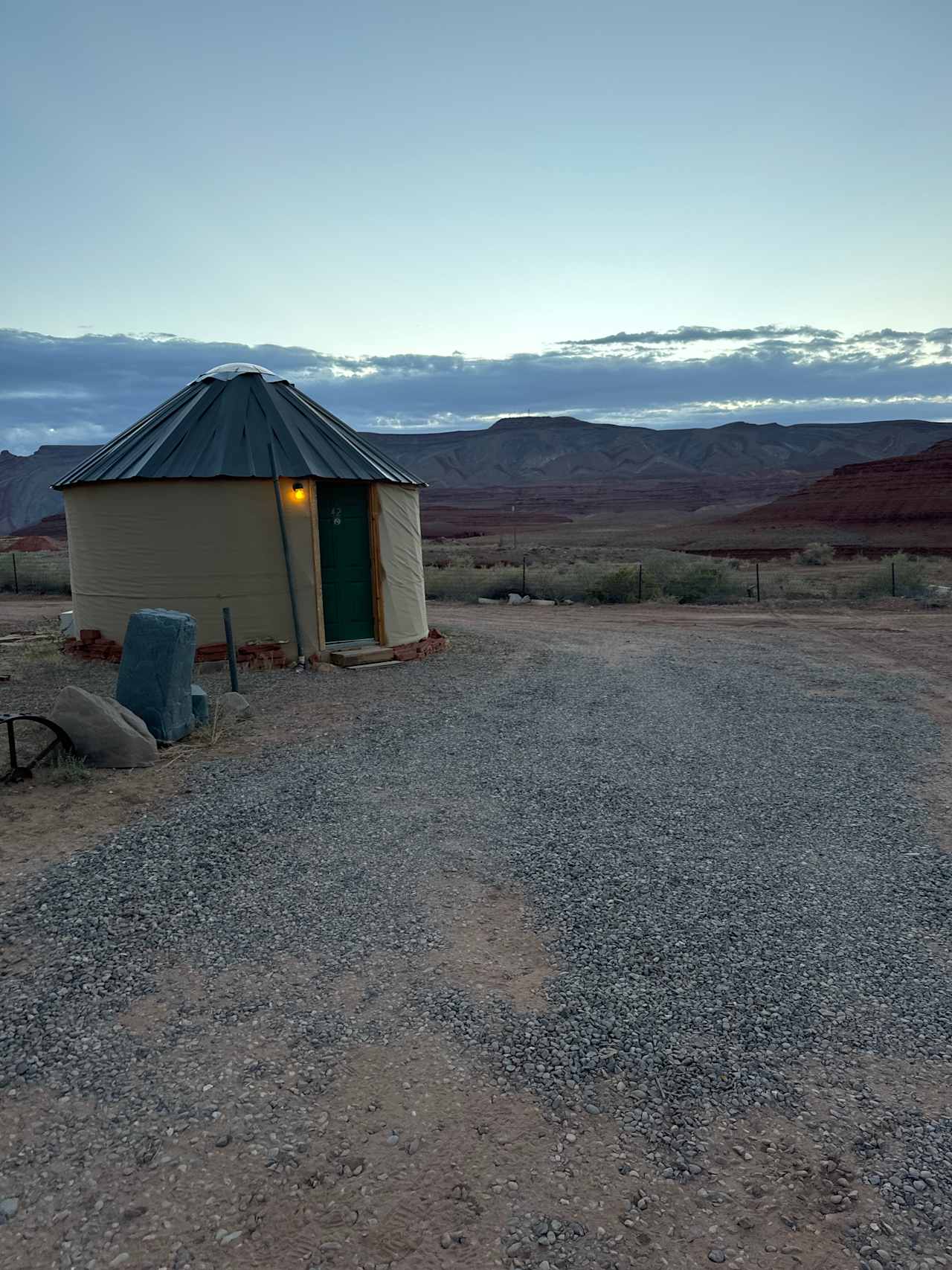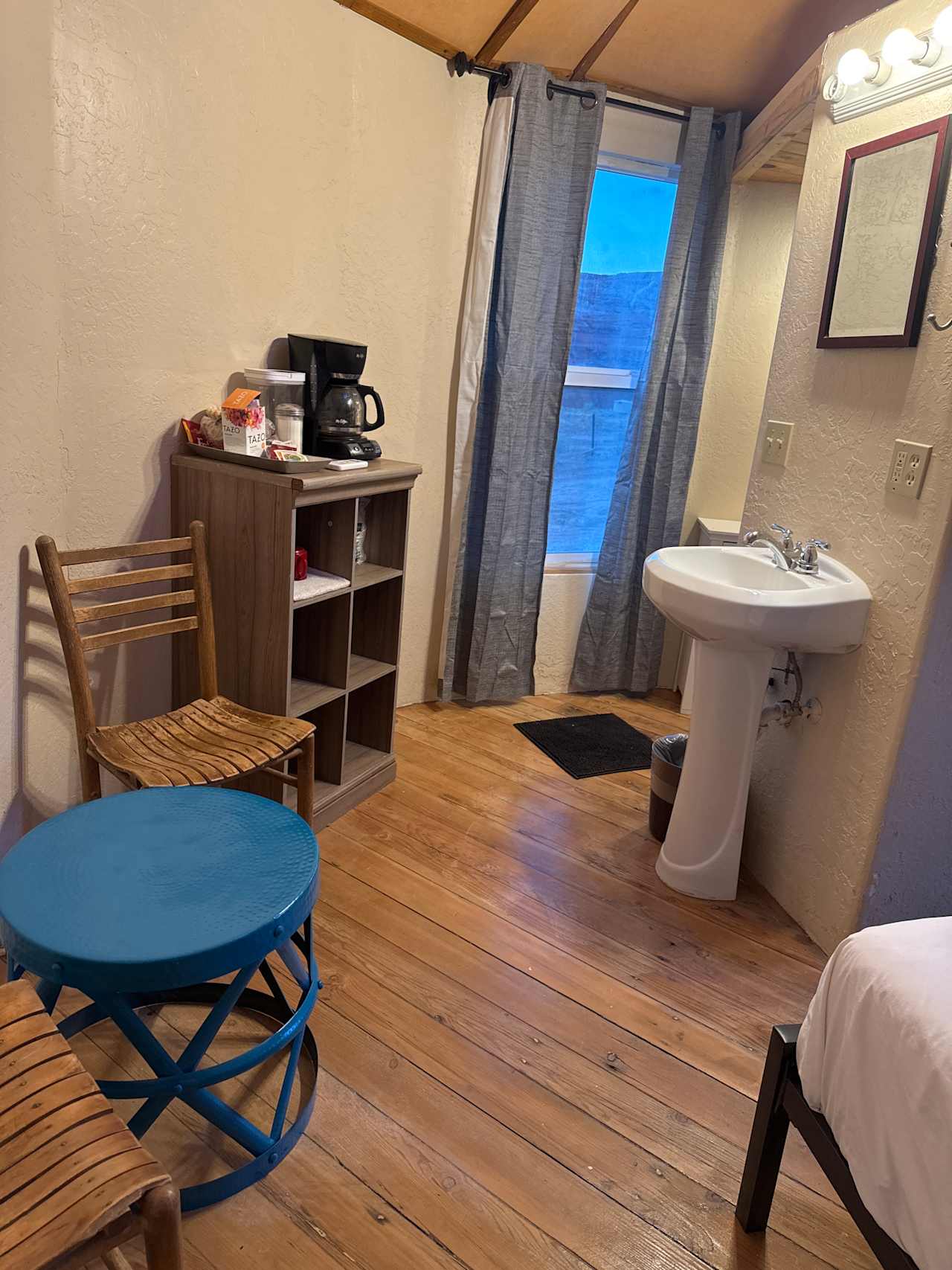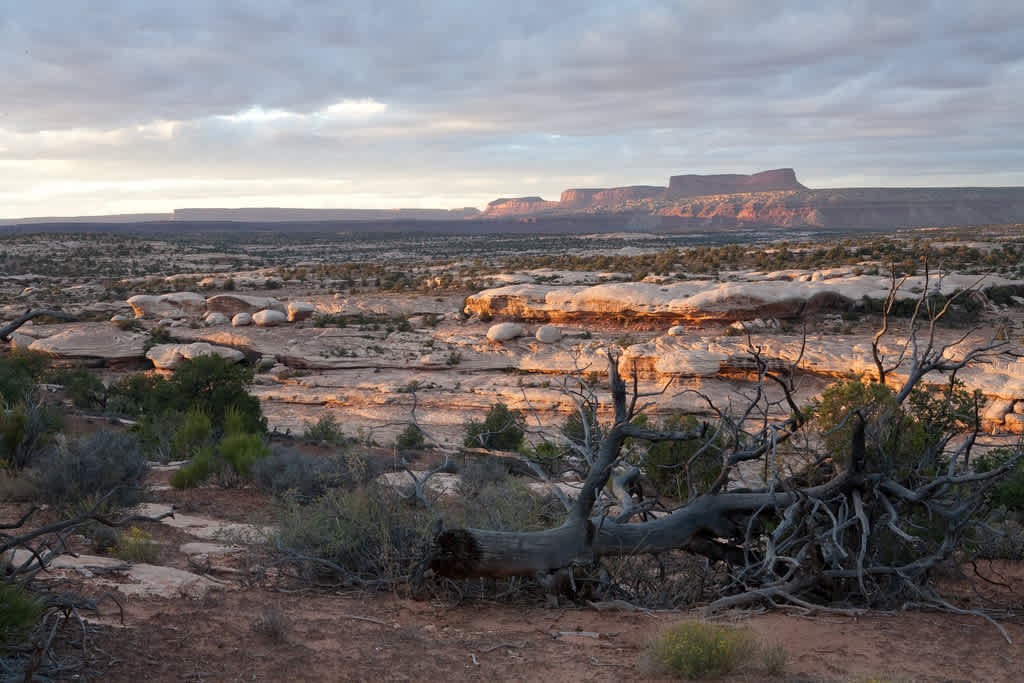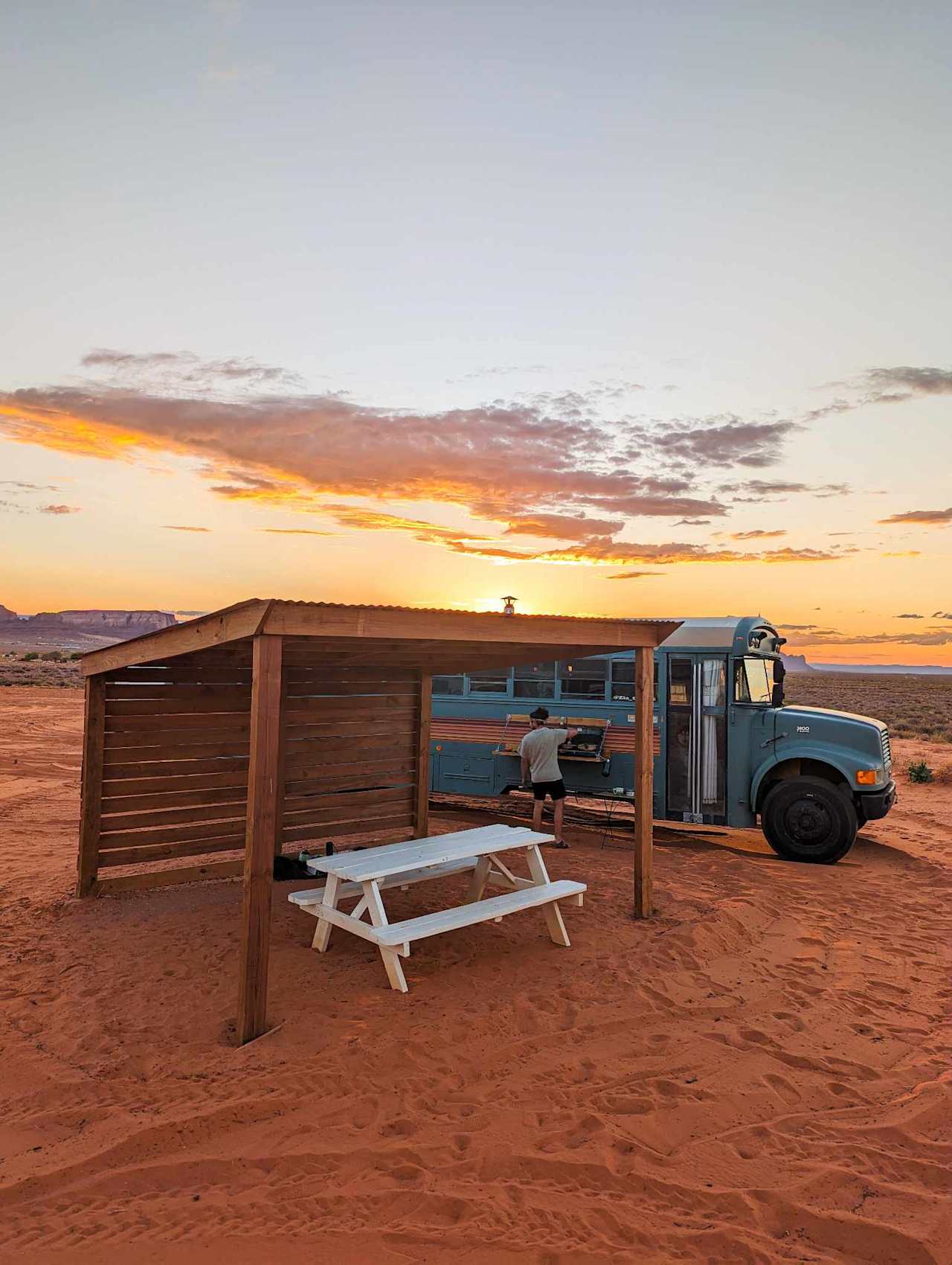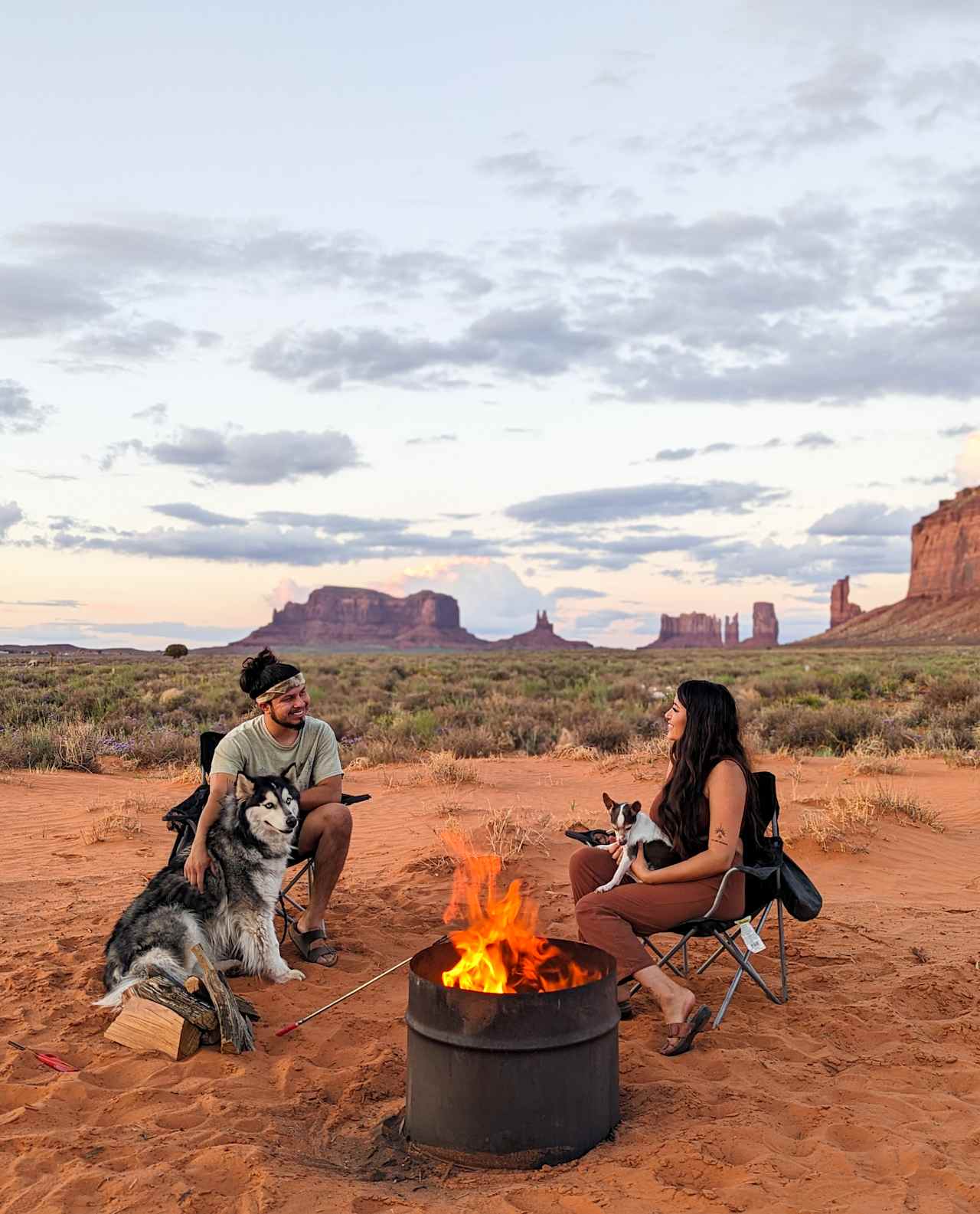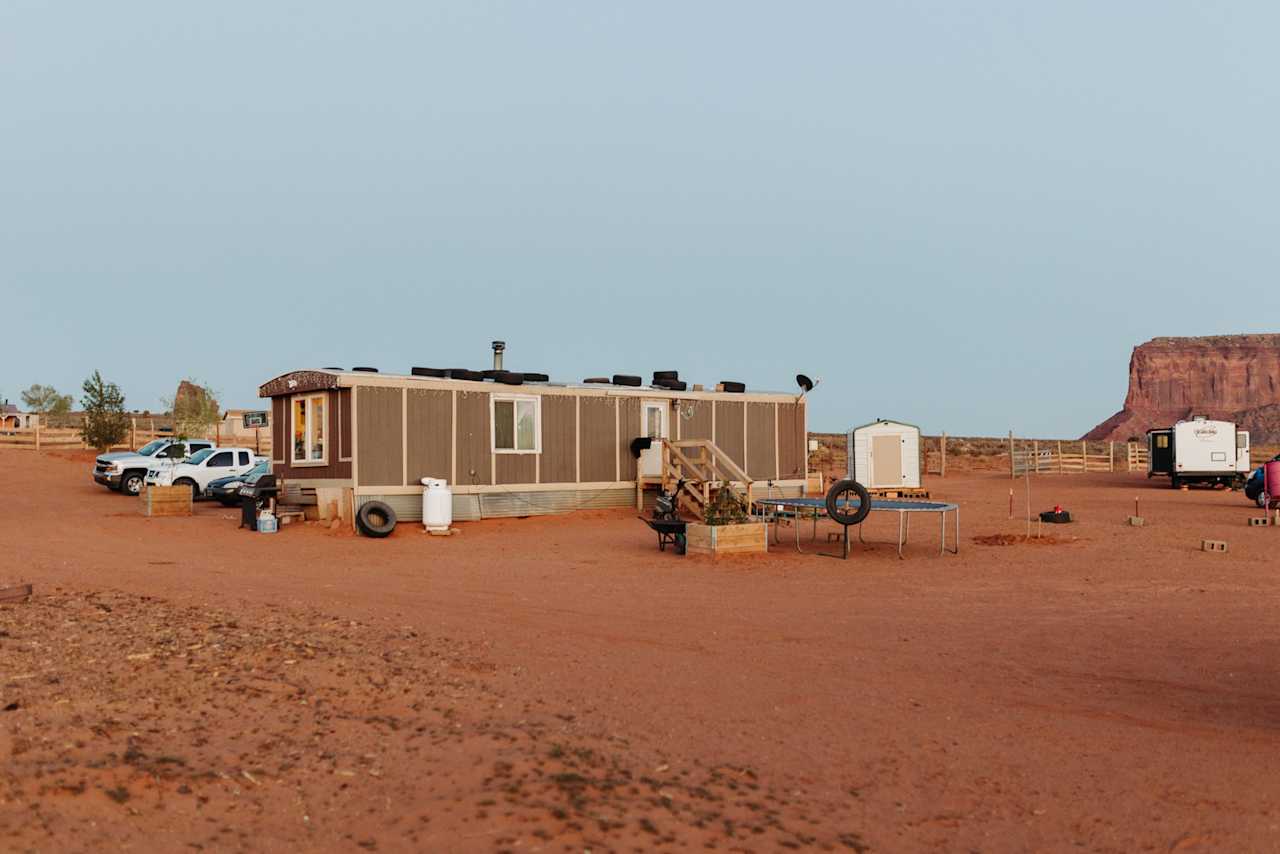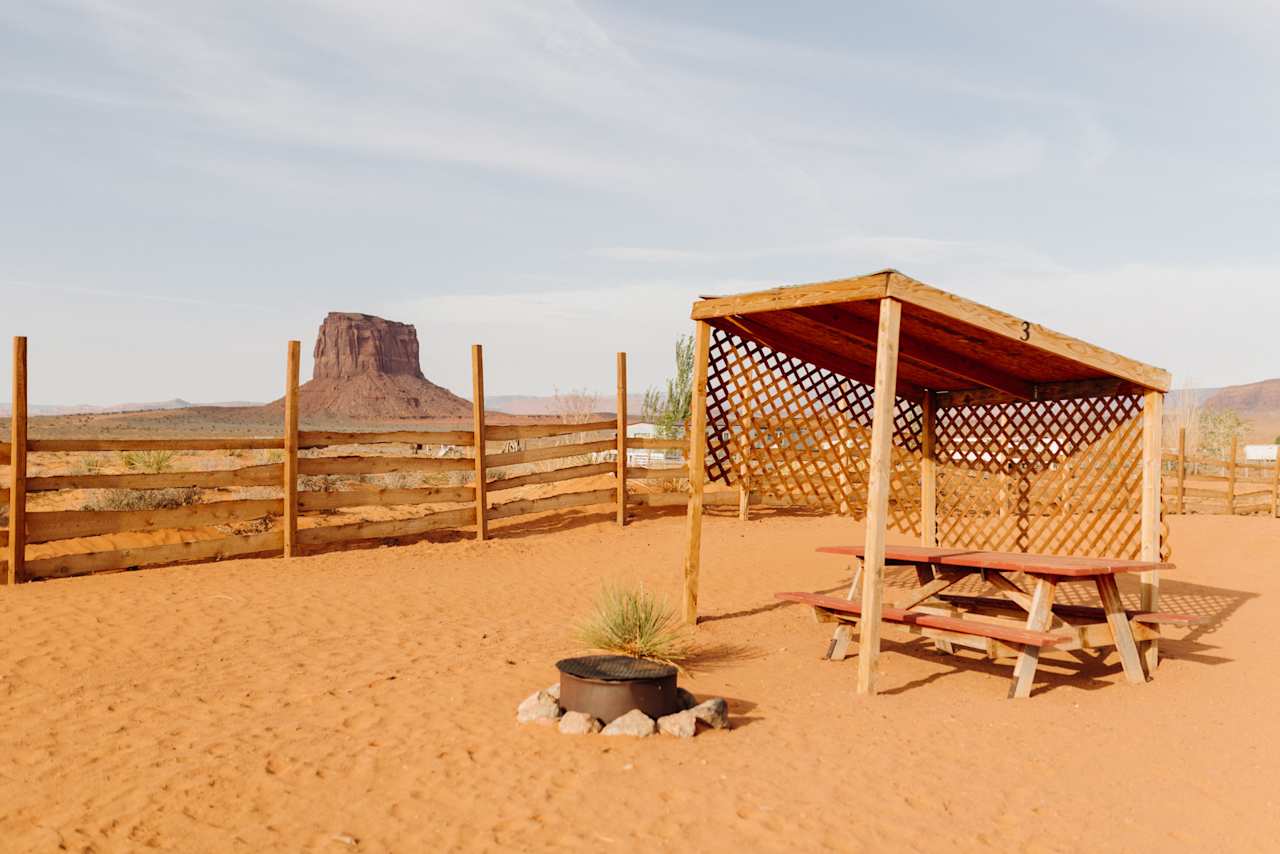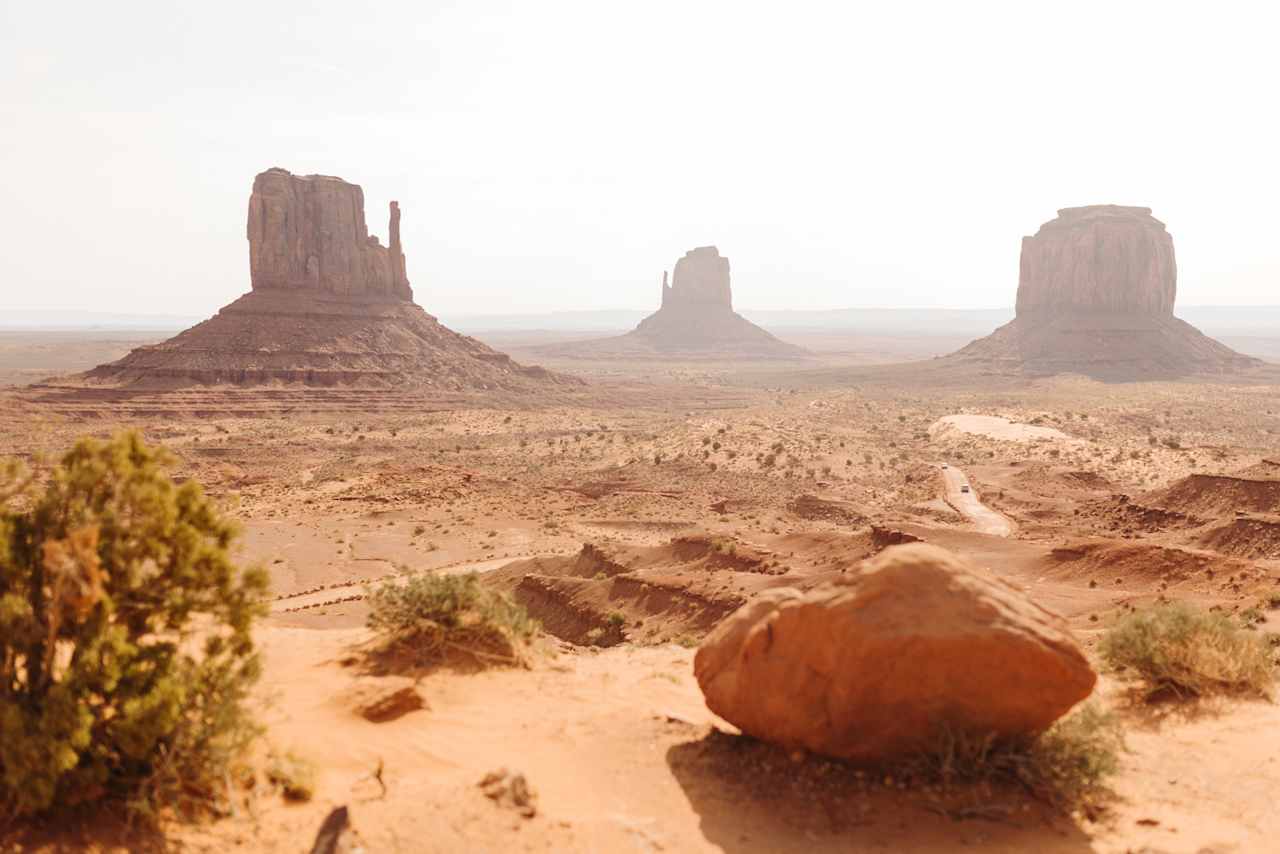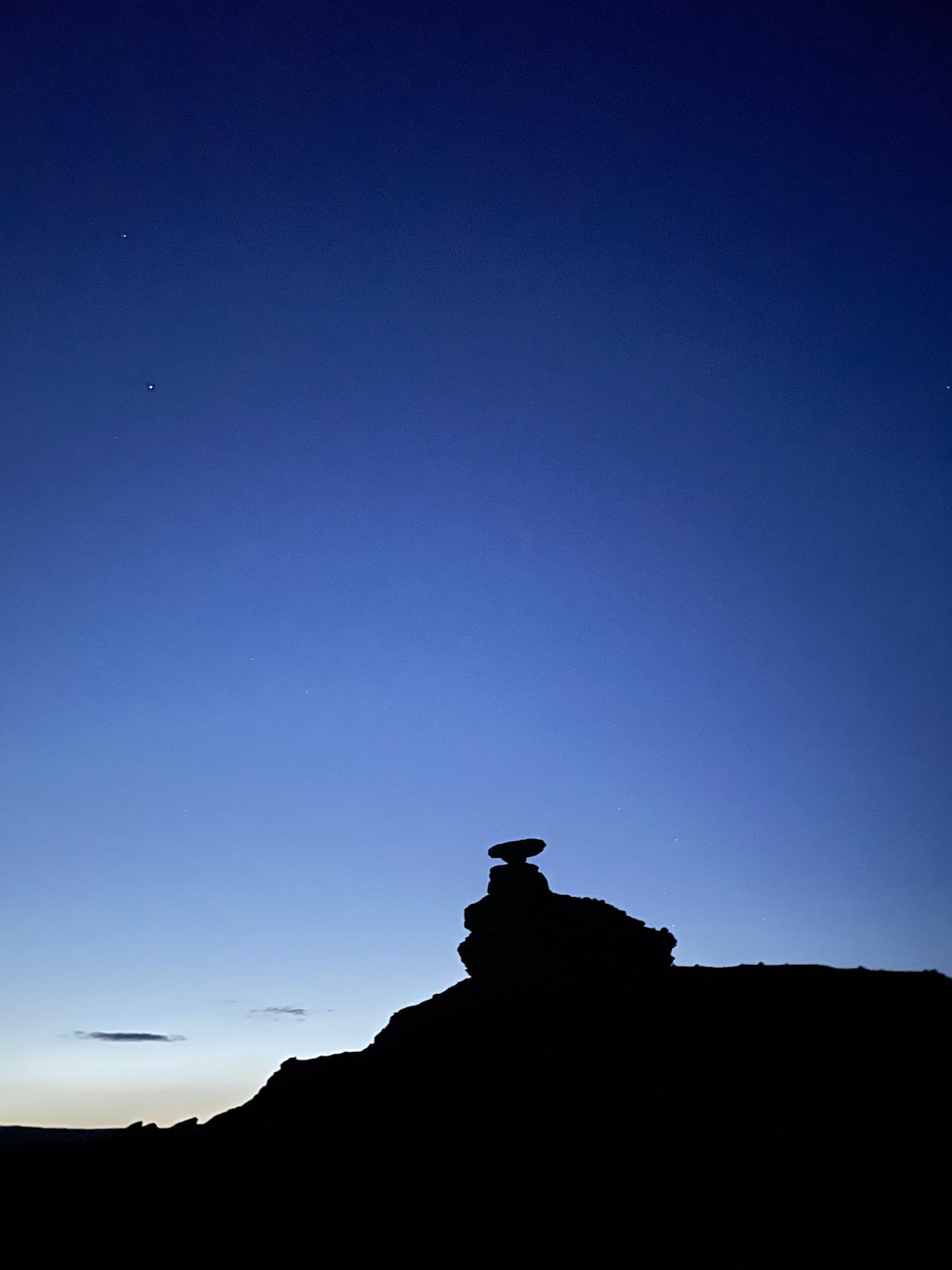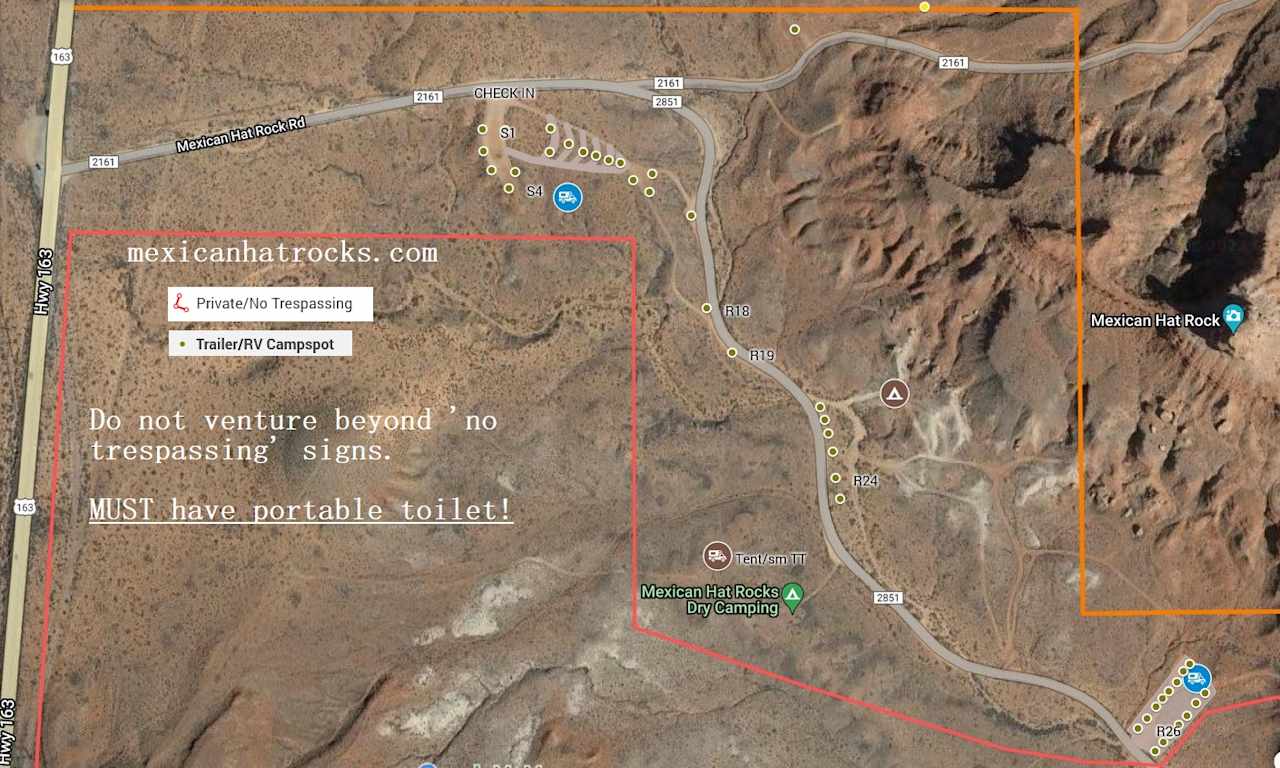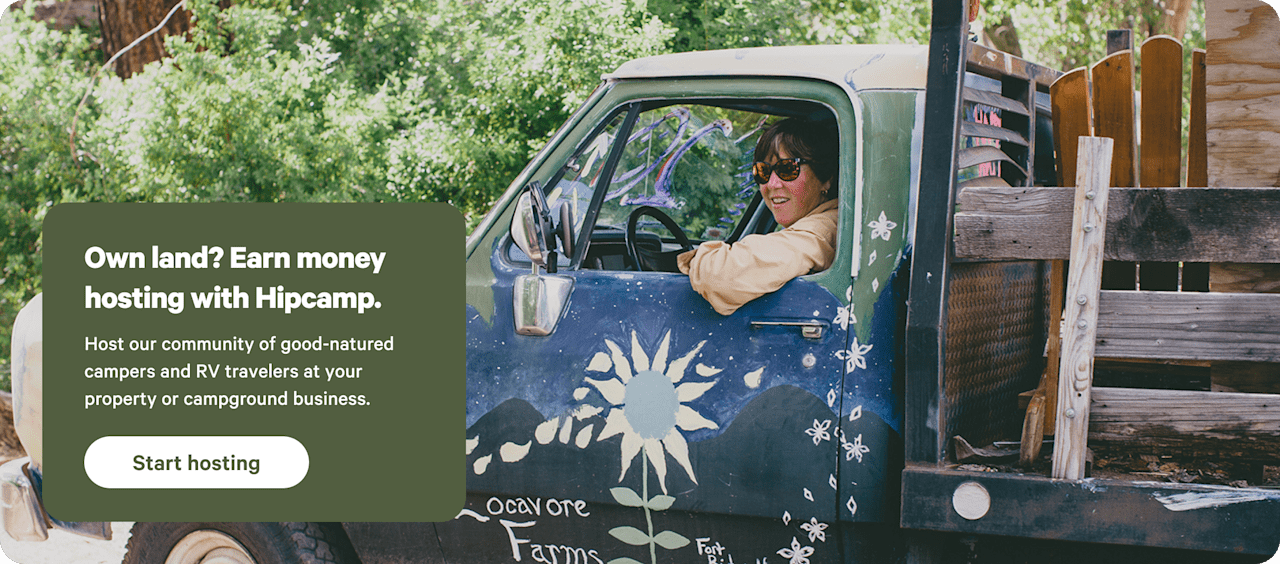Camping in Monument Valley with campfires
Admire sandstone rock formations by day and twinkling stars by night.
- —
- Monument Valley
Community favorites in and near Monument Valley
Top-rated campgrounds reviewed by the Hipcamp community.
Sunrise camping
Teardrop Arch B&B
Chiefs Campsite
FireTree Camping
Opinion Yurts
Public campgrounds in and near Monument Valley
3 top campgrounds in Monument Valley with campfires
Arrowhead Campground
Humming Bird Campsite
Mexican Hat Rocks
Nearby parks
Explore the area’s public lands.
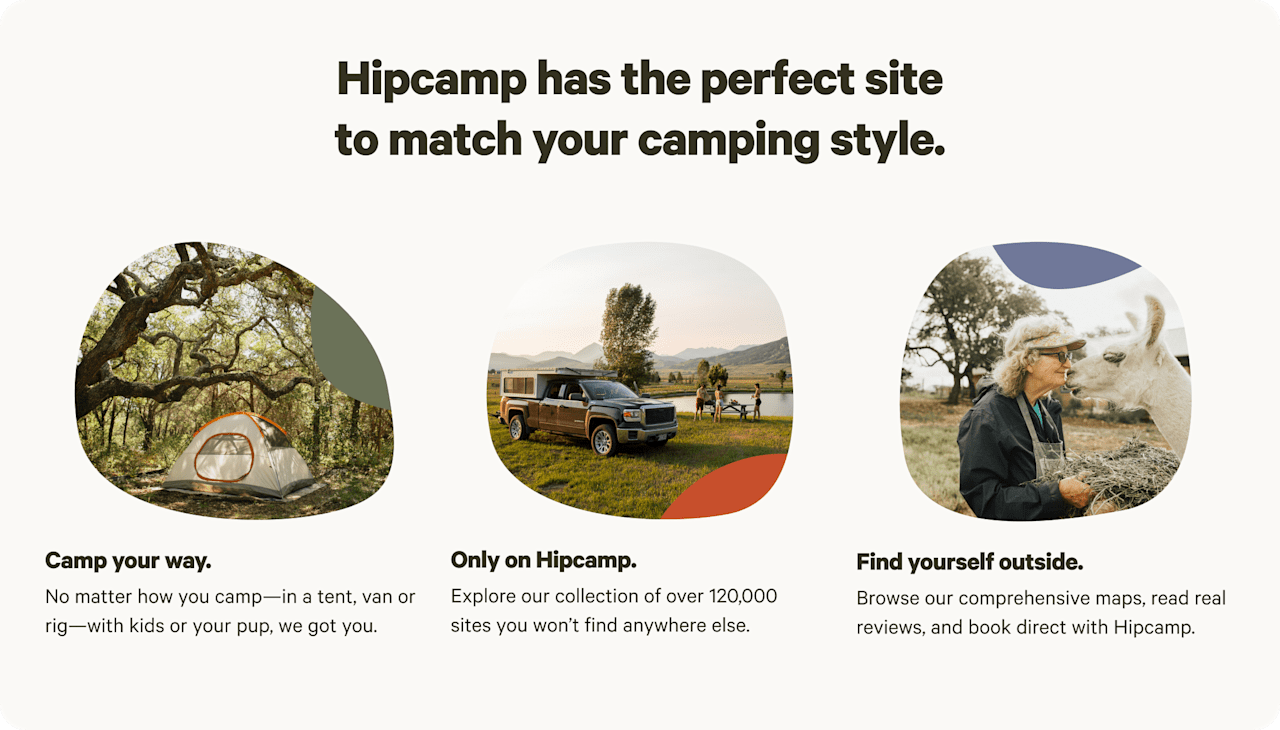

Camping in Monument Valley with campfires guide
Overview
Situated on the Navajo Nation on the Arizona-Utah border, Monument Valley is a vast scenic area known for its ochre-hued rock formations that jut out majestically from the Colorado Plateau. It has been a popular area for filming Western films since the time of John Wayne. Today, the biggest draw is the Monument Valley Navajo Tribal Park, which features a 17-mile-long loop road that will bring you close to some of the valley's most spectacular buttes. The valley is also an exceptional spot for stargazing, and its openness and its lack of artificial light make it ideal for viewing the night sky on a camping trip.
Where to go
Grand Staircase-Escalante National Monument
Spread out over 1.87 million acres in southern Utah, this gargantuan national monument is an amazing place for scenic drives and hikes, provided you're prepared for dry temperatures and, in places, rugged road conditions. Here you'll find beautiful rock formations and slot canyons galore, plus plenty of camping options, most of which are located along Scenic Byway 12.
Elsewhere in the Navajo Nation
You'll find plenty to see and experience in the surrounding Navajo Nation, from the Petrified National Forest to the Painted Desert. Less than a two-hour drive will take you to the Four Corners Monument, which marks the point where Arizona, Colorado, New Mexico, and Utah converge.
The Grand Canyon
Undoubtedly the best-known national park in the Southwest, this massive canyon is on plenty of traveler's bucket lists, and for good reason: it's one of the world's largest canyons on earth and features tons of things to do, from hiking and backpacking to gazing down at millions of years of geological history from some of the many viewpoints around the park. It’s also a great place to camp, but you’ll likely need to reserve your campsite well in advance.
When to go
Monument Valley is at its most pleasant in spring and fall, when the weather is pleasantly warm. Summer temperatures can get excruciatingly hot, and the summer vacation crowds mean that camping and accommodation options in the area are more limited. Moreover, the likelihood of rain is at its highest in the summer, particularly in July and August. Many people prefer to avoid coming in the winter, as the temperatures can drop quite a bit.
